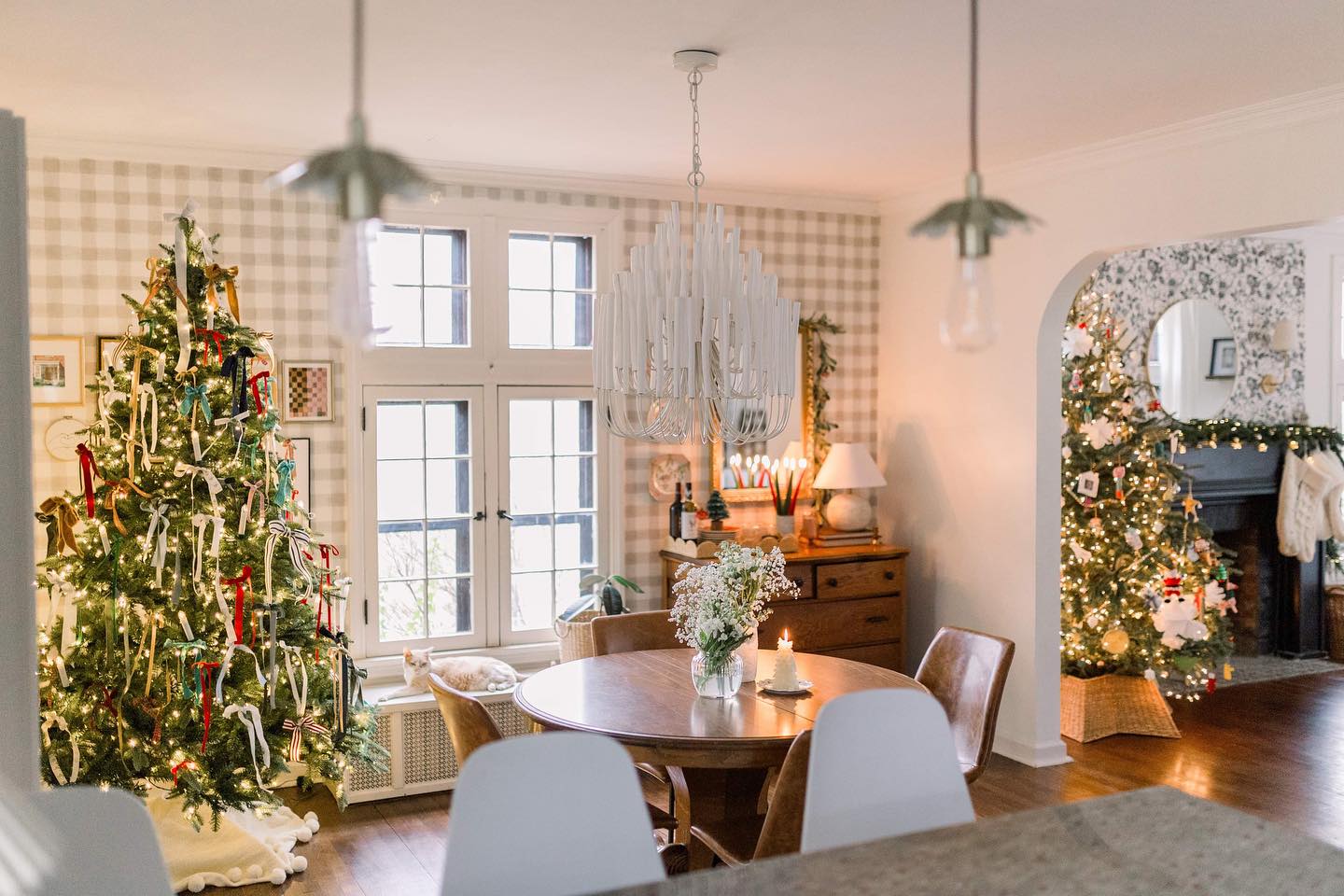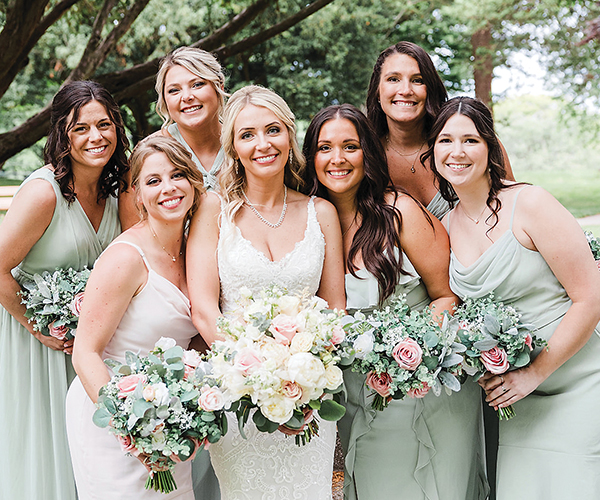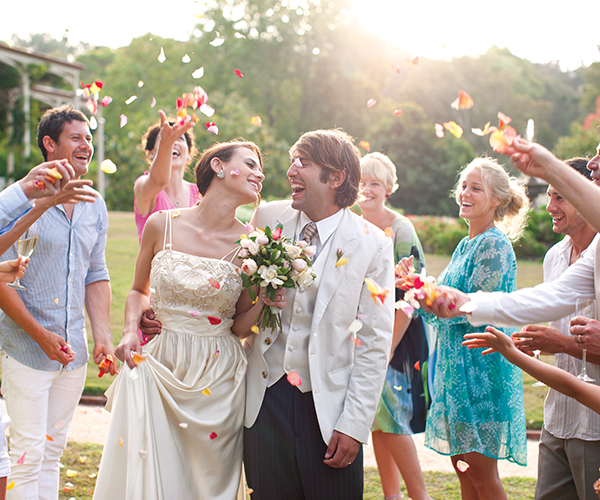Gardening is a three-dimensional form of painting, and the cottage style in particular tickles the eye with a hodgepodge of plants and a riot of color. Fragrant rosebuds, foliage that billows over brick pathways, enticing variety and interesting texture ? these elements invite you to poke around wild cottage gardens. They look untamed.
But cottage gardening is more than "a whole bunch of plants jammed into a small amount of space." Certain gardening principles exist in all cottage gardens: rooms, living walls, fences, arbors, gates and pathways. These elements differentiate a cottage arrangement from typical garden varieties. And despite these rules of thumb, Linda Cobb says the gardening trend earned its popularity because of its anything-goes appeal.
"That is the beauty of cottage gardening ? there is no right or wrong ? it's your choice," says Cobb, a certified master gardener and author of "My Gardener's Guide: Easy Steps to a Better Garden." "You put together this tapestry of color ? this woven cloth, shall we say, a picture. You put it together and it works because you created it."
Such free-spirited encouragement is a relief to weekend gardeners. Cobb says to forget these two common misconceptions: No one grows it, so it must not grow here, and a plant that needs full sun will never make it near my shade trees.
In fact, forget any limitations, especially when plant varieties are concerned. If you ask Cobb whether stately, blue Delphiniums will thrive outside their native Pacific Northwest and Southern climates, she will suggest planting them as a seasonal treat rather than a year-round staple. "Just adjust your site to what will grow in your area and make it work for you," Cobb says.
Adjust? That means properly preparing soil before even considering color, texture, height and heartiness. This dirty job determines whether your cottage garden will flourish or fail. "No building is good without a foundation," Cobb says.
Soil is best prepped in springtime. When establishing a garden bed from scratch, you'll want to remove turf or existing plant material from the plot before following this formula. Till the soil 8 to 10 inches deep by "double digging." Dig and flip one row of soil to the left. Repeat and flip to the right.
After churning the soil, apply the rule of one-thirds: one-third peat moss, one-third sand, one-third soil. This mixture will provide a supportive home for your cottage garden.
Now, with the help of Cobb's cottage gardening principles, you can plant your own wild dreams right in your back yard.
1. Choose feature, filler and anchor plants. Feature plants are the main event. Cobb has chosen English roses for her own cottage garden, and she scatters 350 of them throughout the space. Filler plants like hydrangeas and viburnums provide depth. Anchor plants stand tall in the background: Cobb suggests evergreens, conifers, boxwoods and other small trees. Anchor plants are annuals and define the lines in your garden.
2. Create rooms. Cobb's cottage garden contains five rooms, or areas you define so the garden can be viewed in segments. "You don't want to view the whole thing at once; it would be boring and wouldn't keep your interest," Cobb says.
3. Grow living walls. To separate "rooms," you need walls ? living dividers that grow 6 to 8 feet tall. Weigela, a blooming plant, or boxwood hedging are practical choices. Evergreen and conifers also work well.
4. Fence it in. A fence defines your property and establishes a private space for your cottage garden, Cobb explains. "Fences are not to keep everyone out, but instead to protect your secret space," she says.
5. Get a gate. "Gates are powerful symbols," Cobb stresses, adding that these entrances need not conform to traditional perceptions of whitewashed wood. "They can be plain, unpainted wood, iron, painted bright purple ? gates can be anything you create," she says. Attach this gate to the side of your house, and visitors who pull into your driveway can enter your back yard and, eventually, your cottage garden from the side.
6. Add an arbor. An arbor arching above your gate emphasizes the feeling of entering a space. "Symbols," Cobb says.
7. Plant pathways. Curved, angular, brick or stone ? pathways draw lines. "Then, you blur those lines by allowing flowers to spill over," Cobb says. Soft lines, like these loose "rules," are the hallmark of any cottage garden. Create a room, plant like wild. Fence in your property, but let your imagination run free.
"It's your creation," Cobb says. "Cottage gardening is rewarding, it's egotistical, it's fabulous ? it feeds your soul."
Cobb's Top 10 Cottage Garden Plant Picks
Foxglove: Flowers form on a spike, ranging in color from deep purple to lilac; leaves form a rosette the first year followed by a flower spike the next near
Coreopsis: Yellow, daisy-like flowers can be deep gold in color; a relative of the sunflower
Hydrangeas: Tender shrubs boast large flowers; find them in white, pink, red and blue
Viburnums: Versatile shrubs feature showy, fragrant flowers and colorful berries and foliage in fall
Lamb's ears: Known for silvery foliage, light-purple flowers bloom on spikes; spreads quickly
Coneflowers: Otherwise known as echinacea, their broad petals provide nice resting spots for butterflies
Balloon flower: Blue-blooming and easy to grow; buds look like hollow balloons, which gradually inflate and deepen in color
Daylily: Available in a variety of colors, daylilies grow almost anywhere
Delphinium: Deep blue-purple flowers grow on spikes
English roses: Often called David Austin roses; known for their fragrant cupped or rosette-shaped petals
Trending
-
1
-
2
-
3
-
4
-
5










